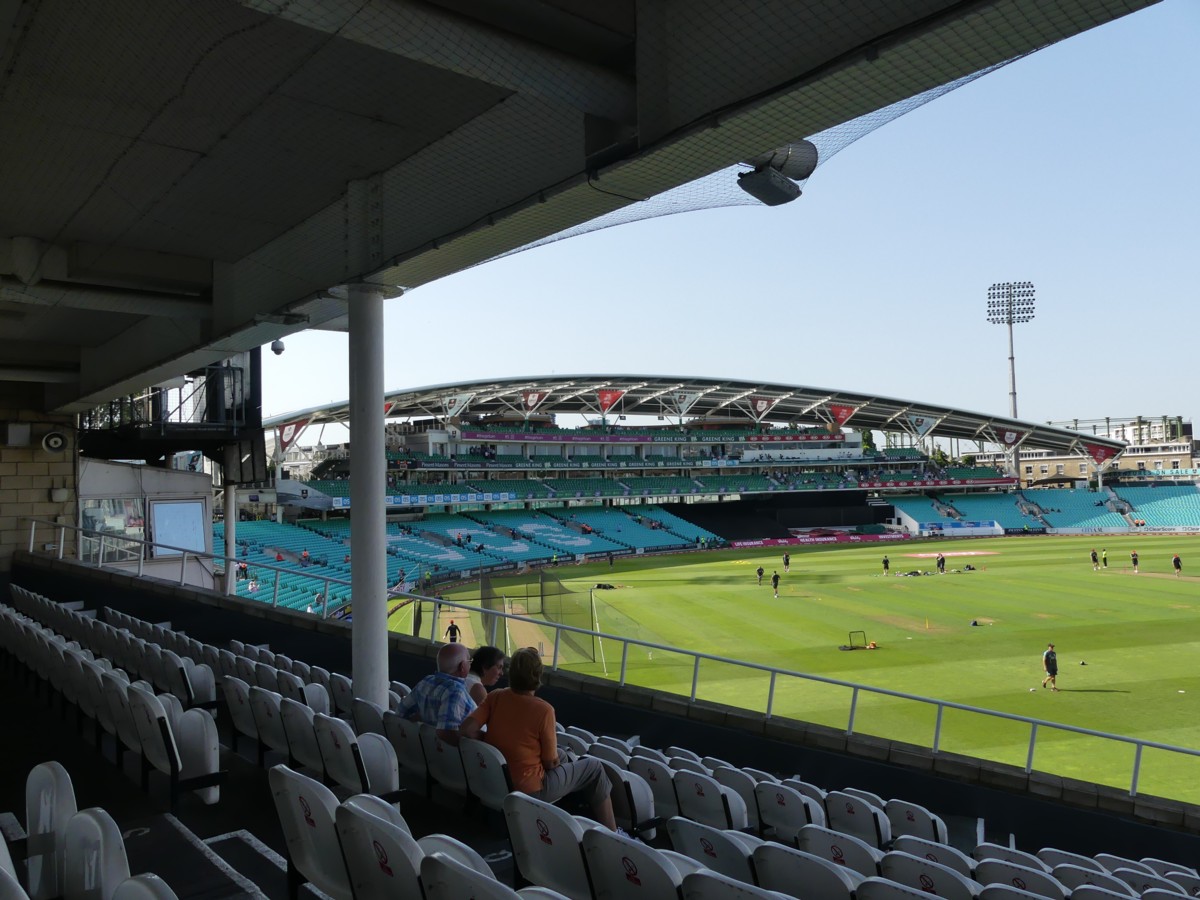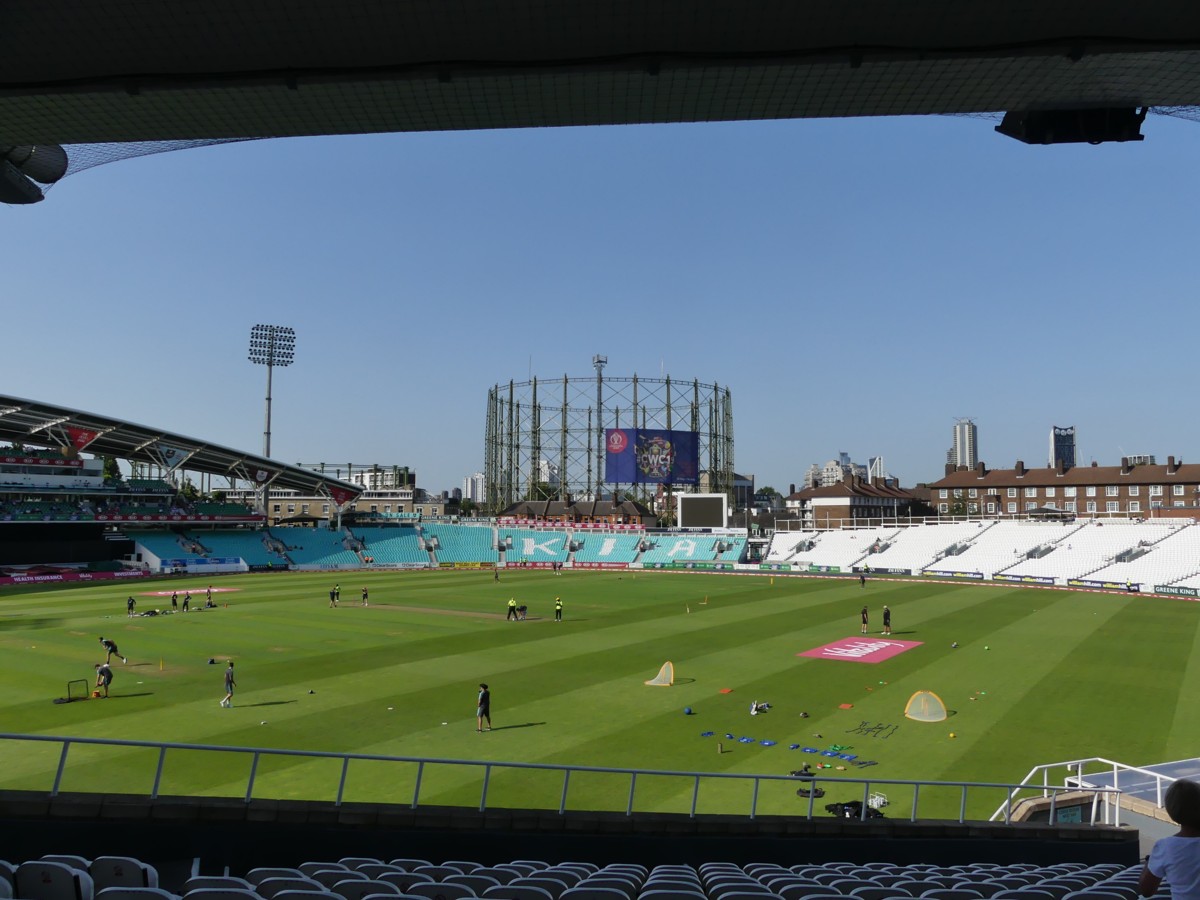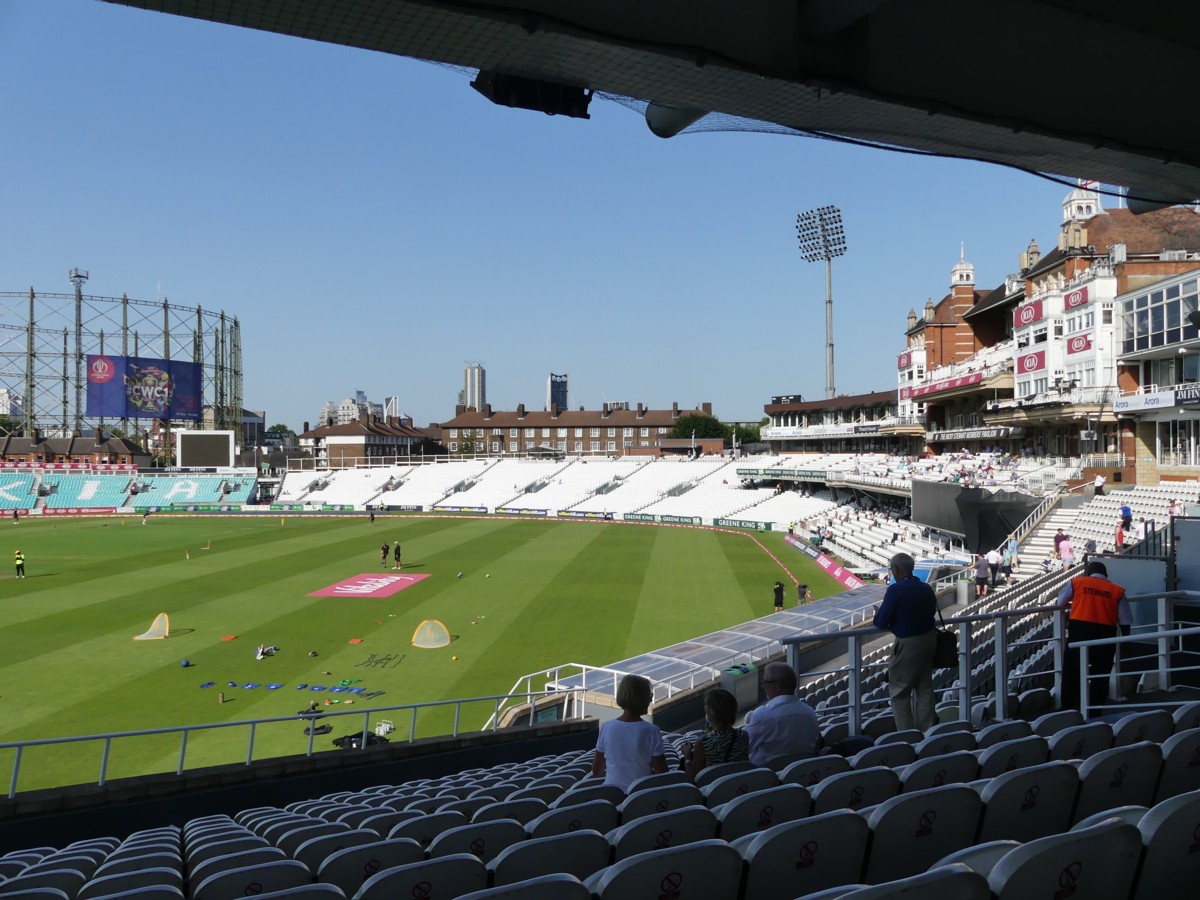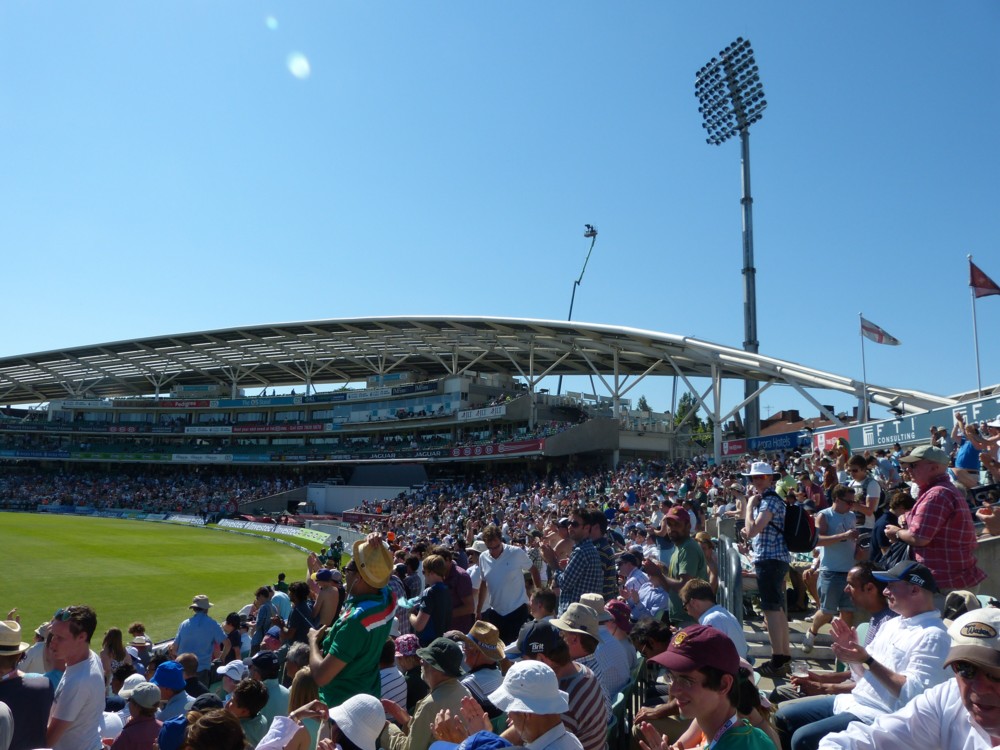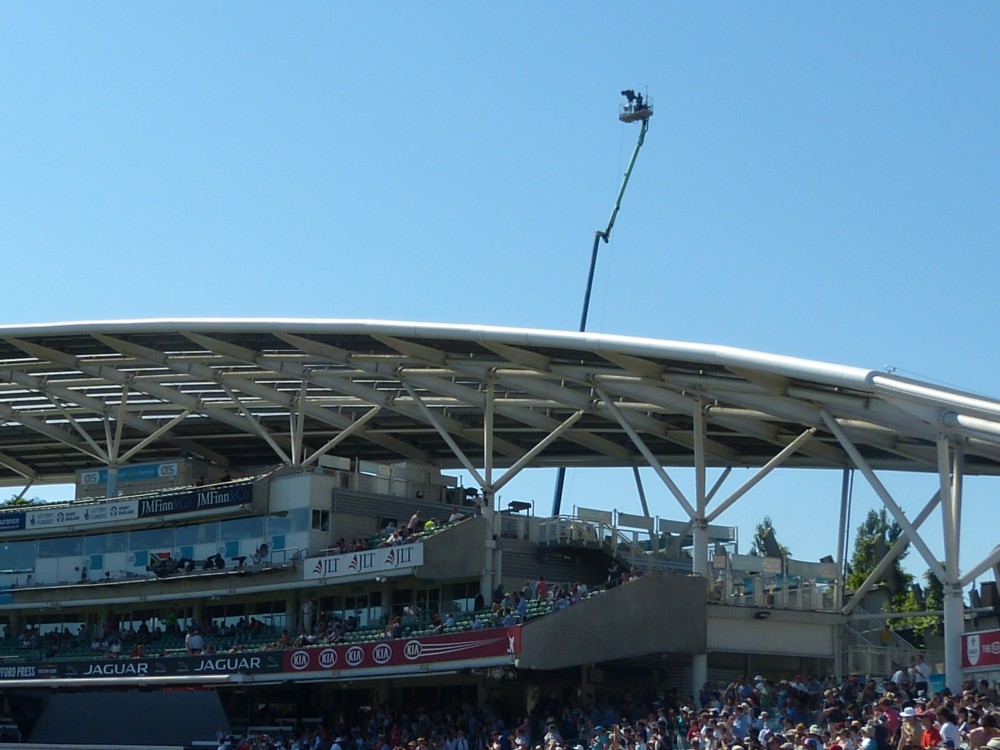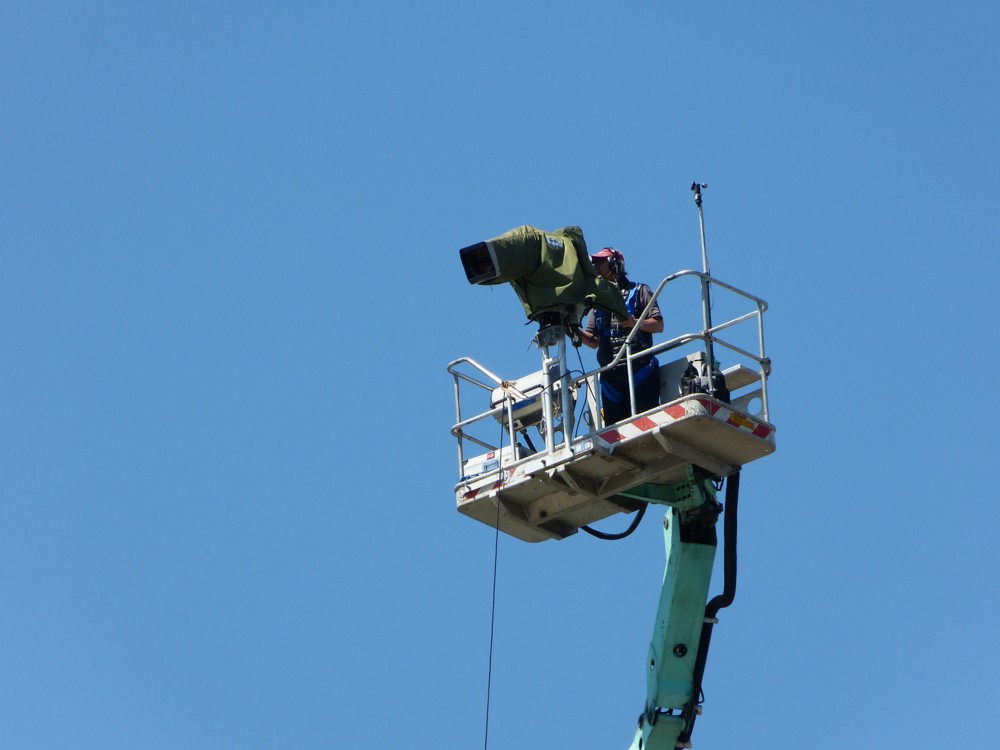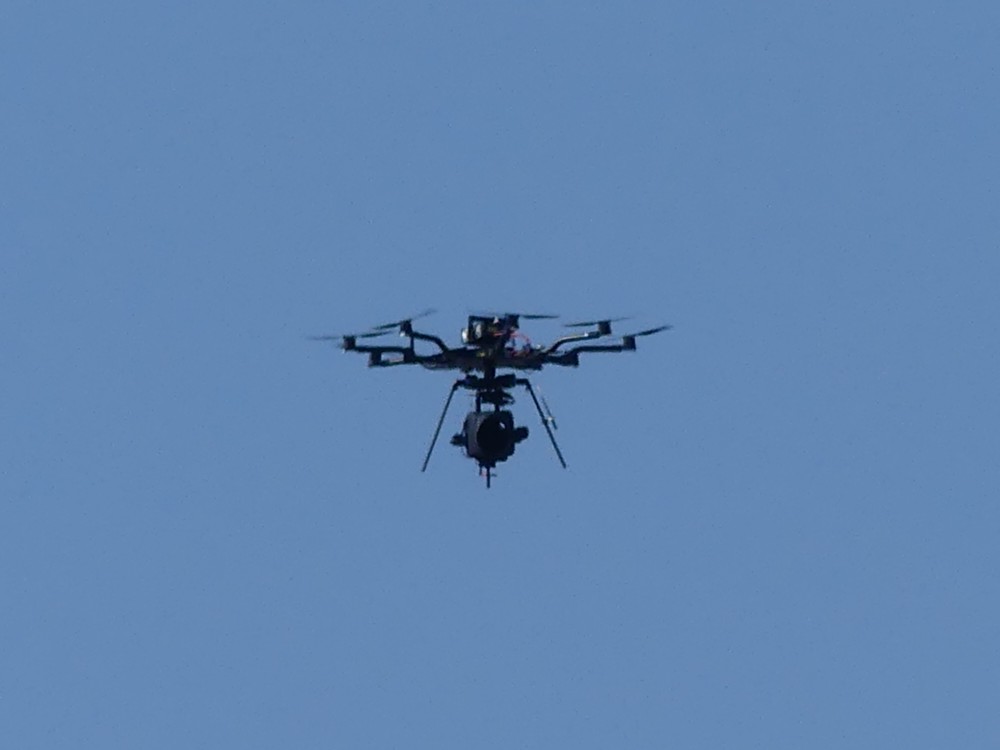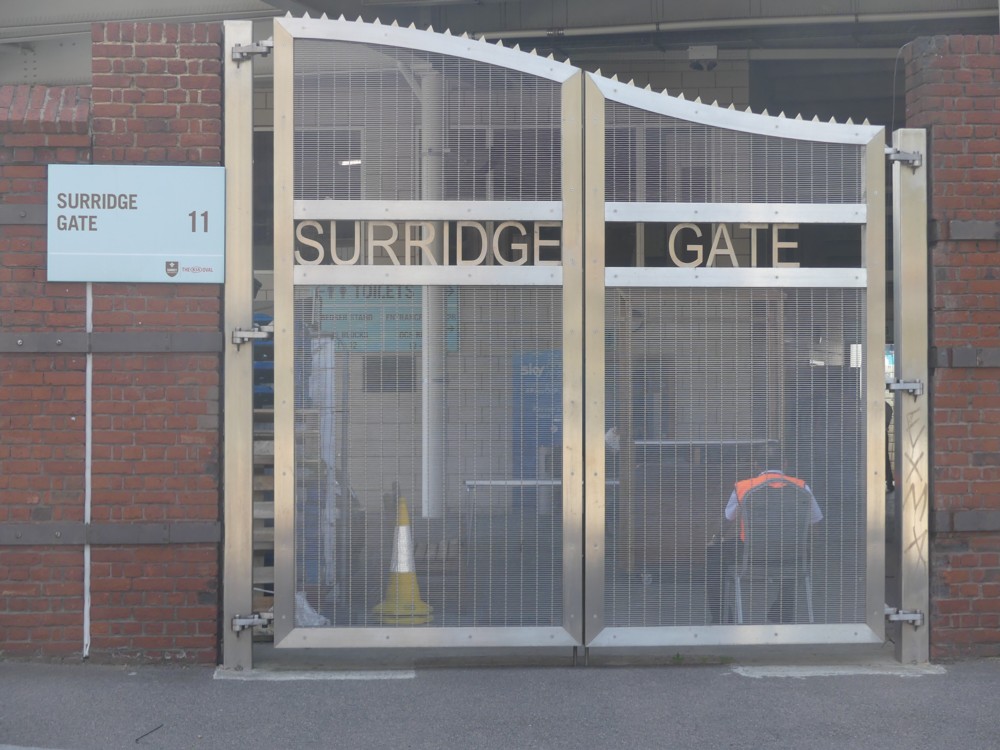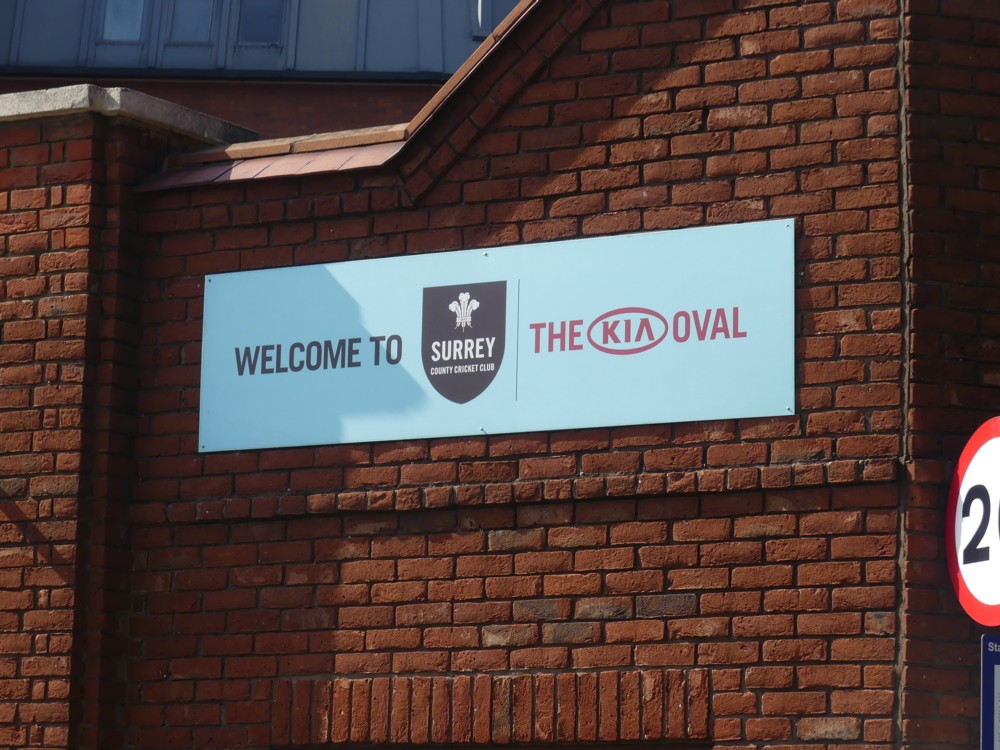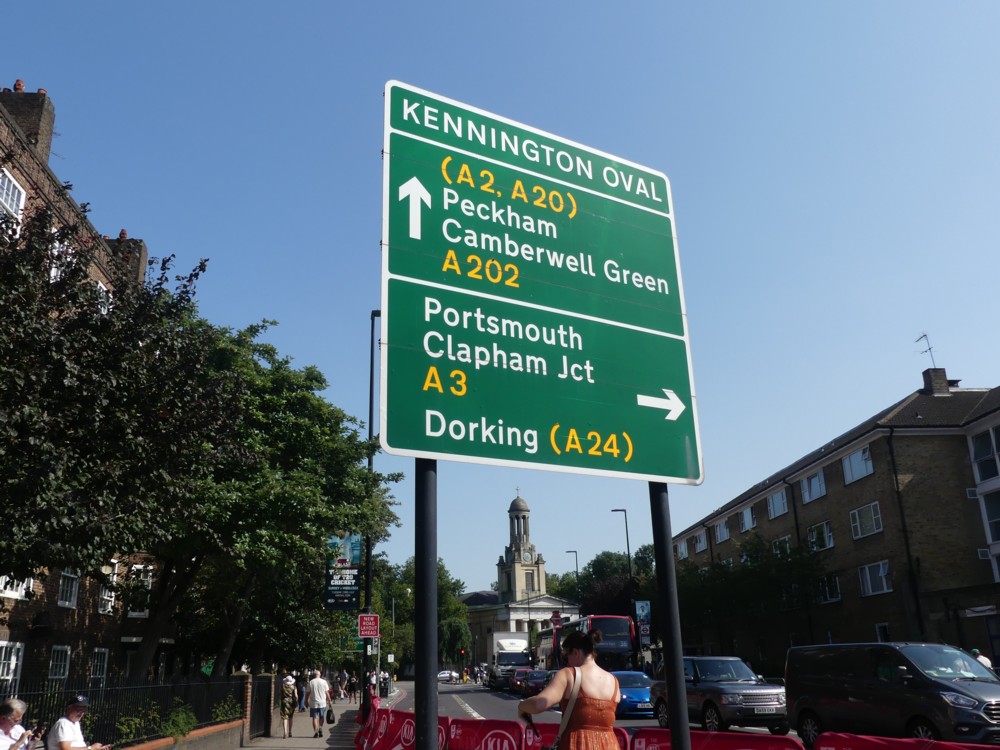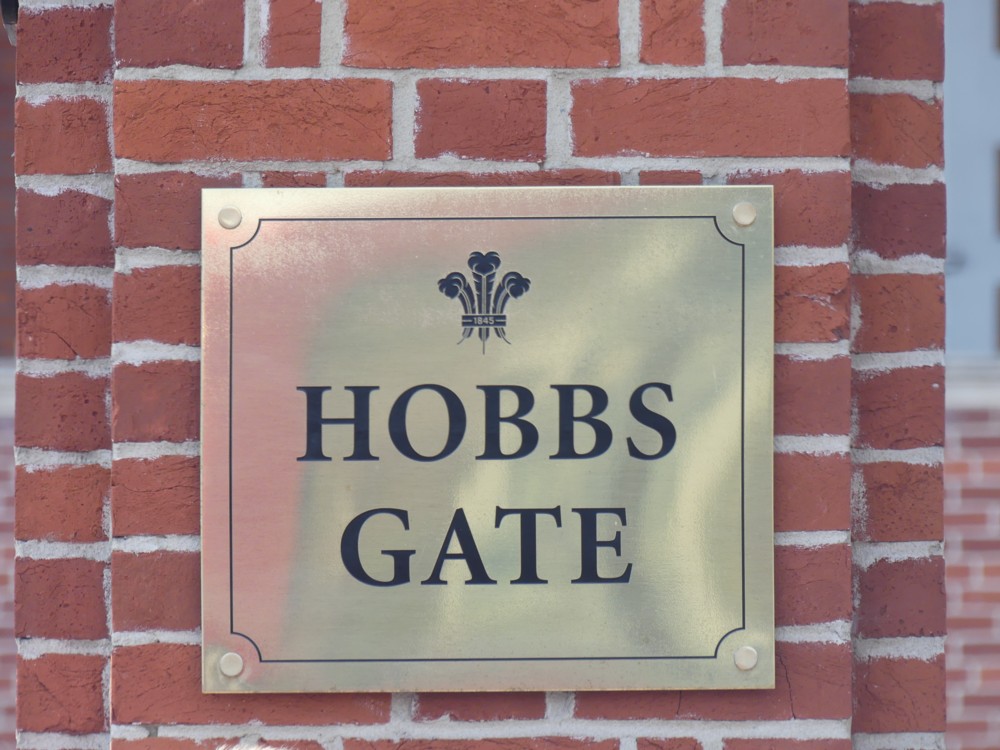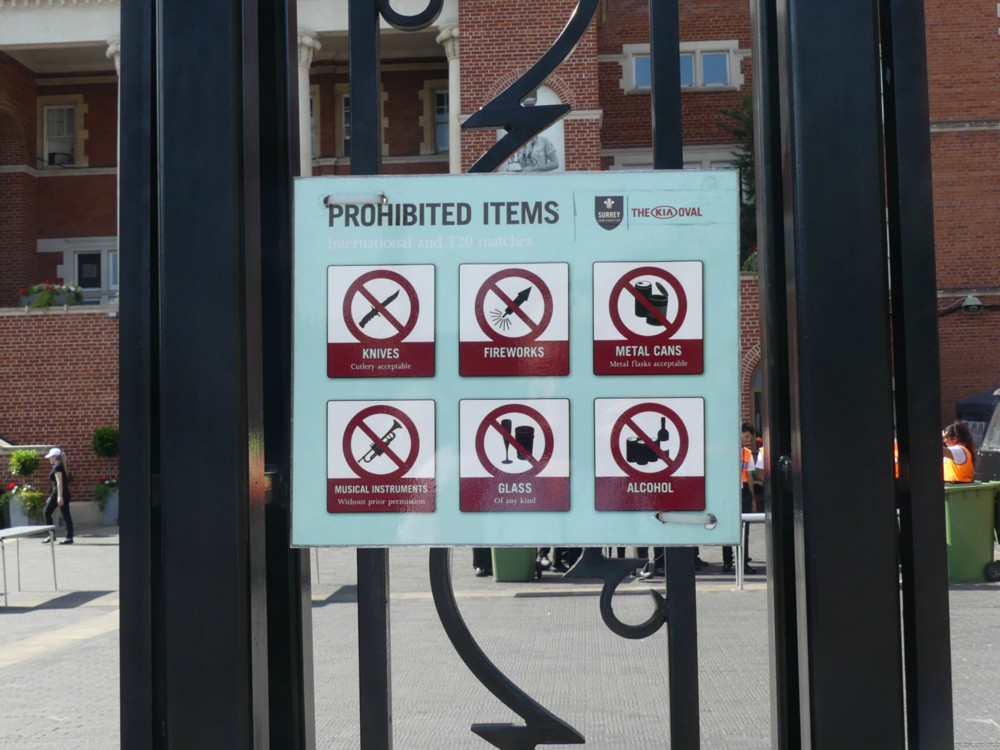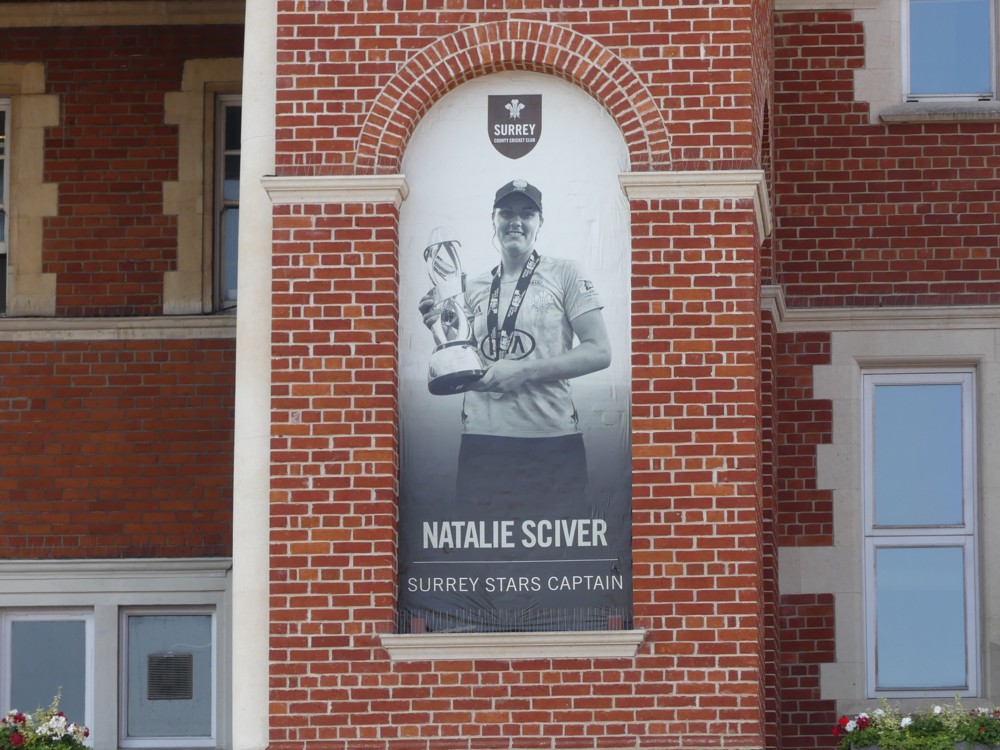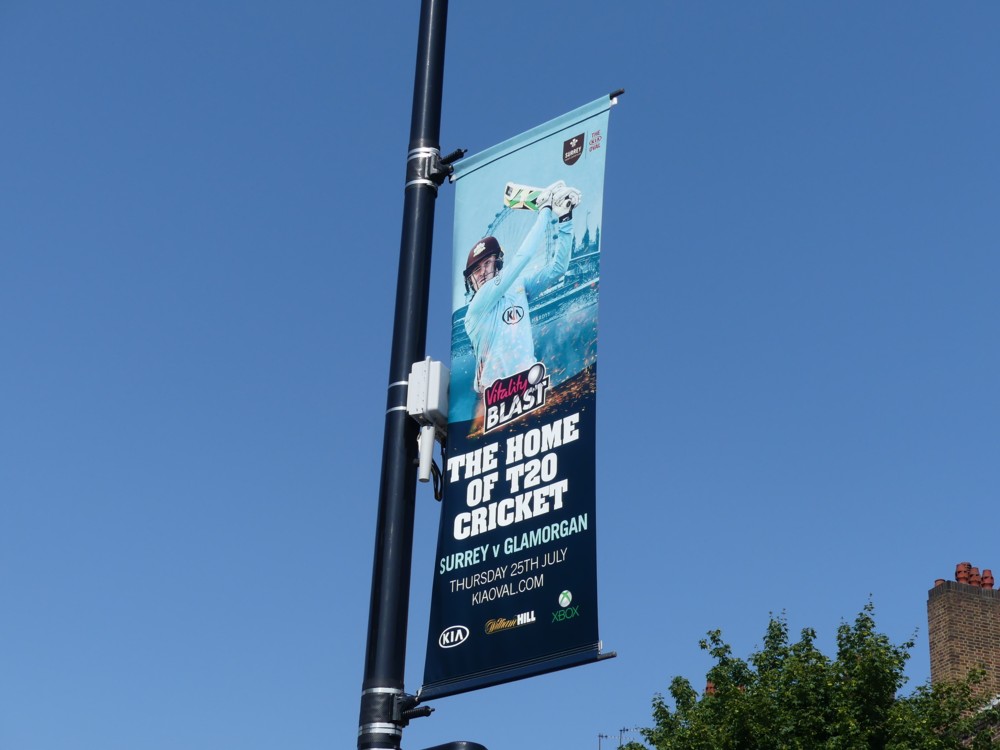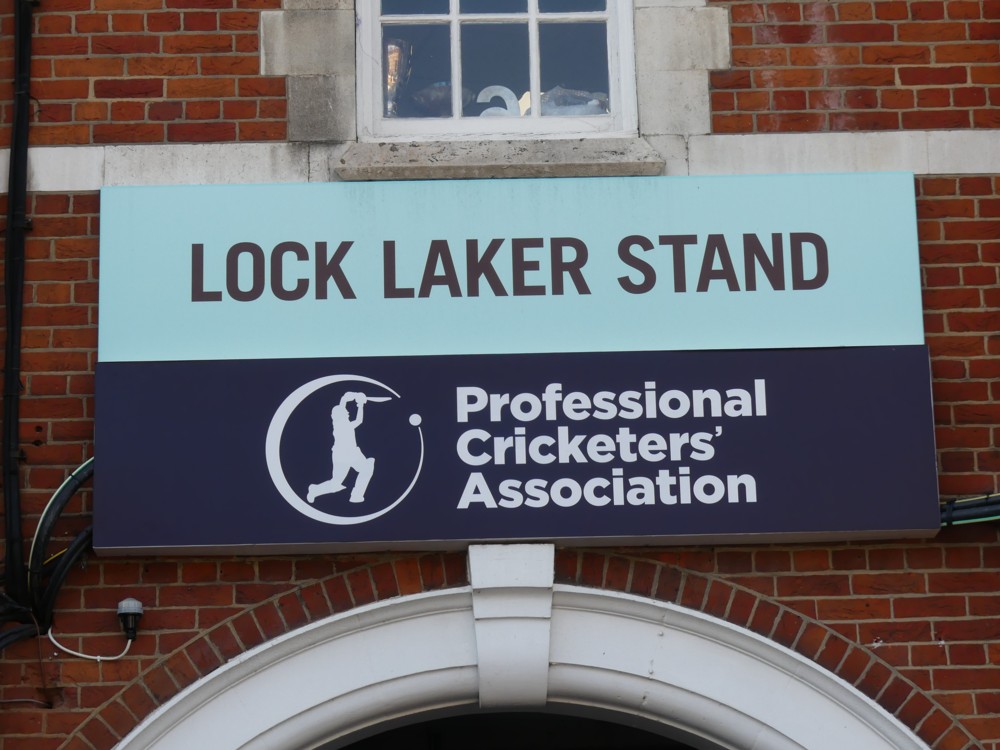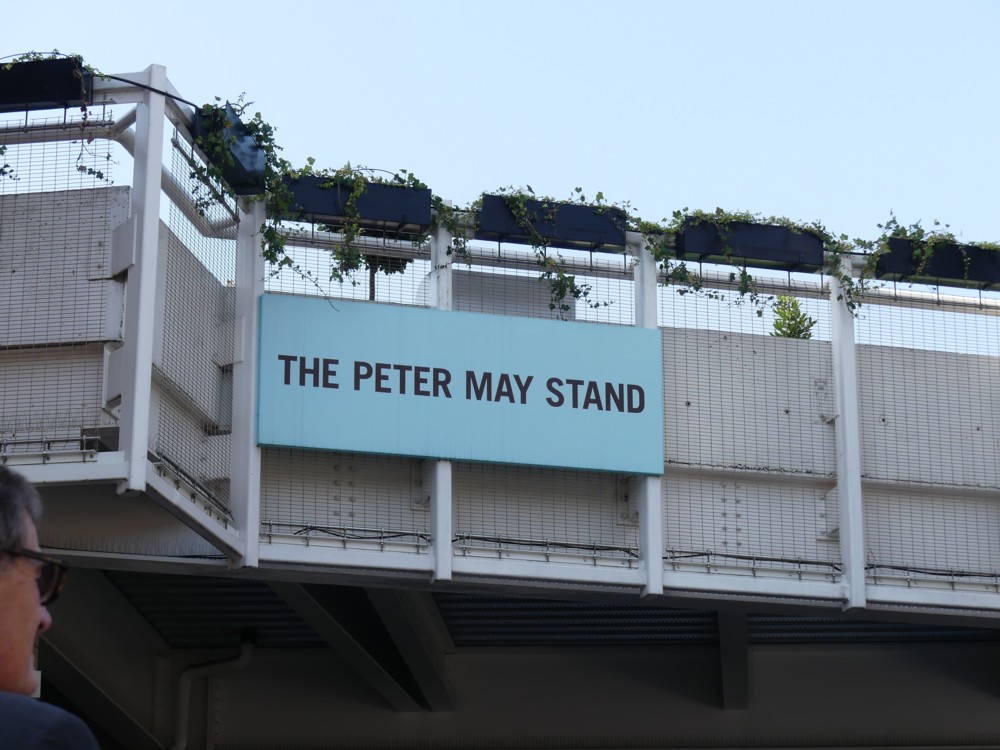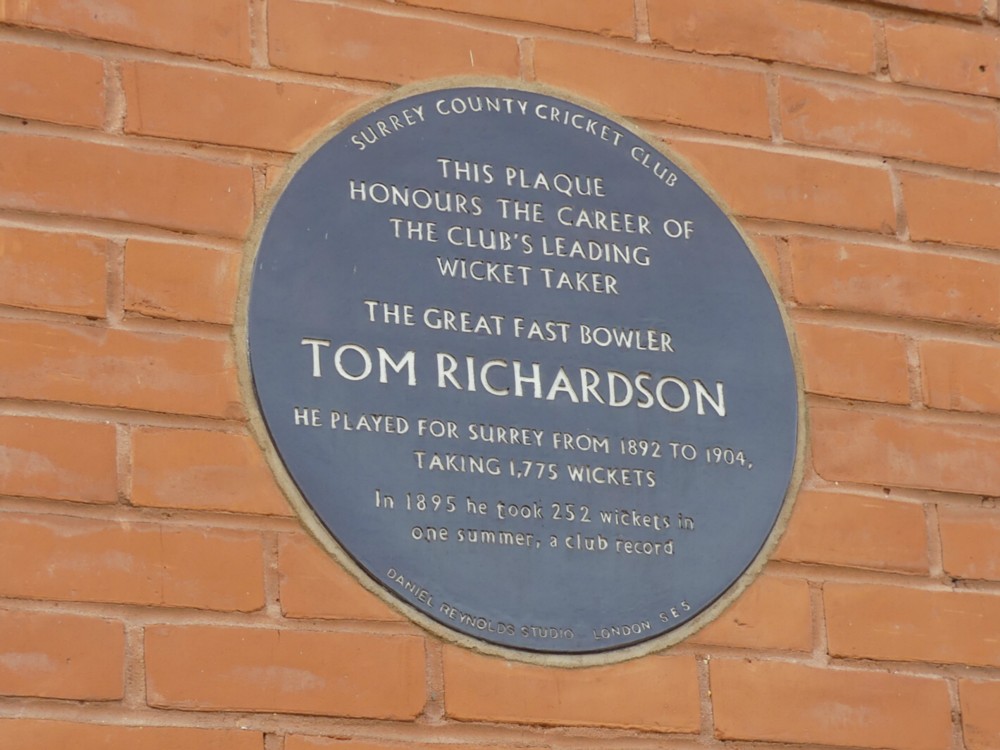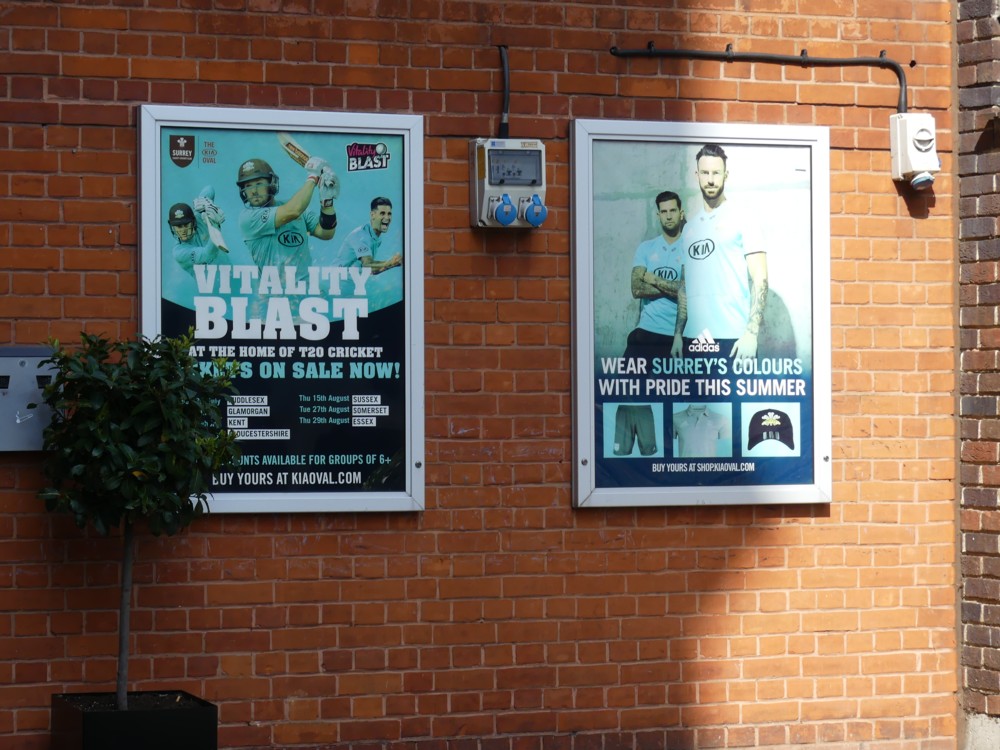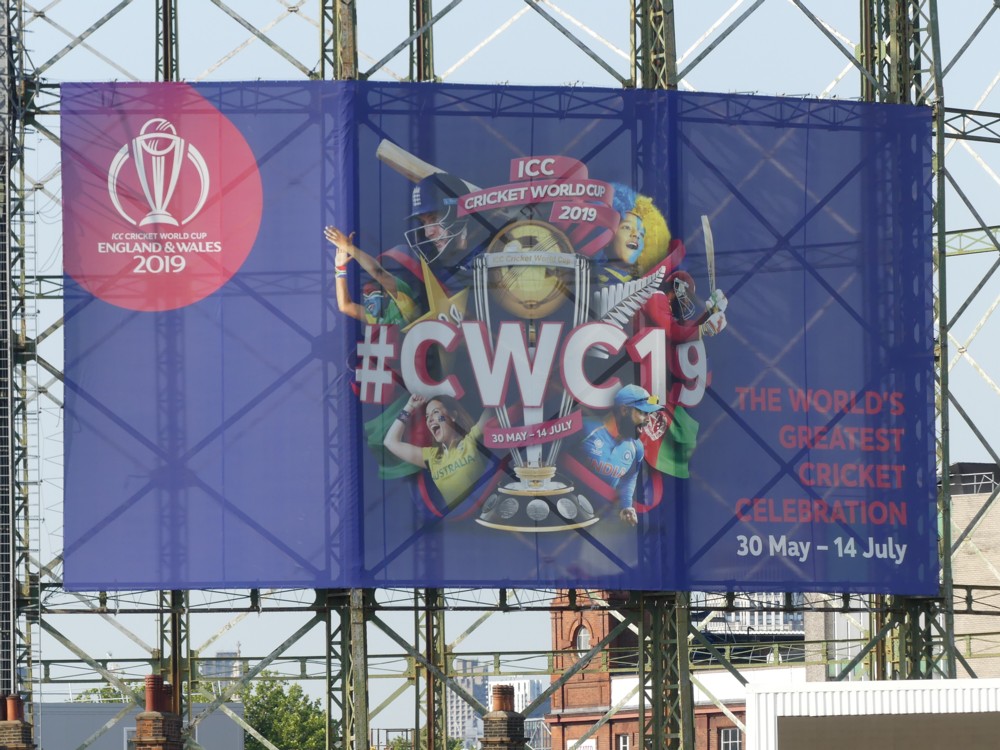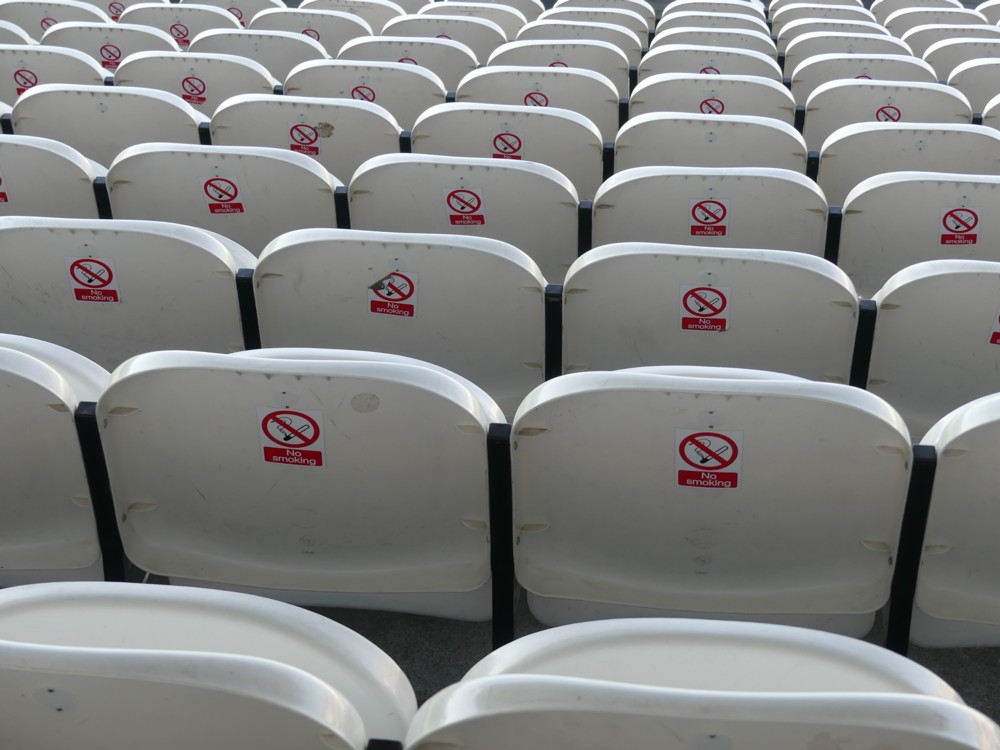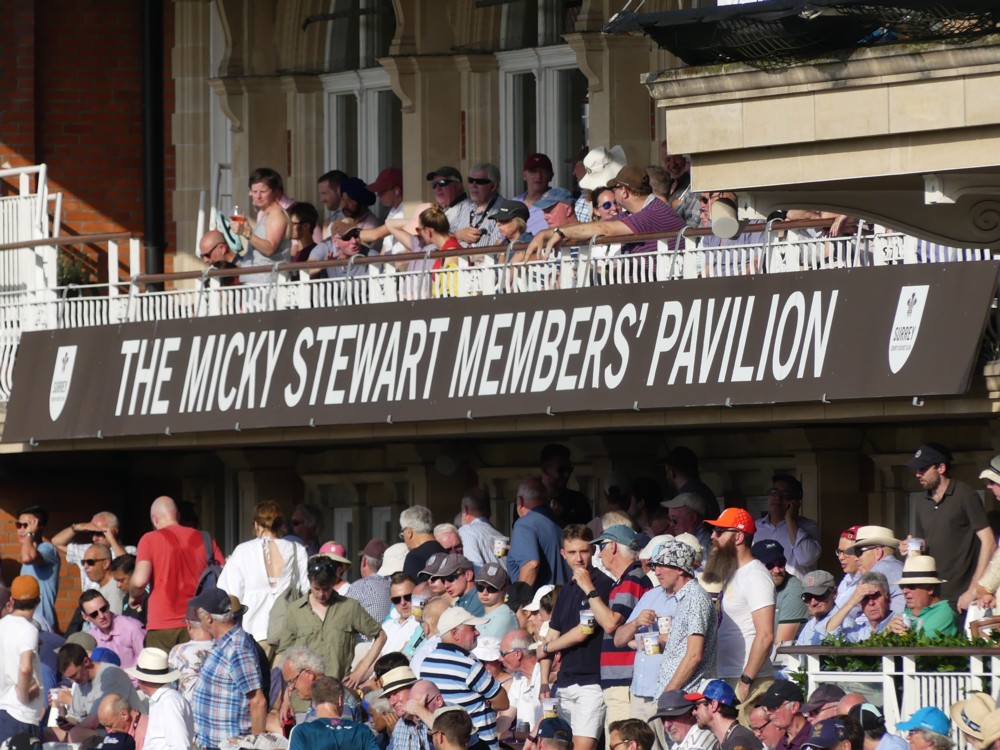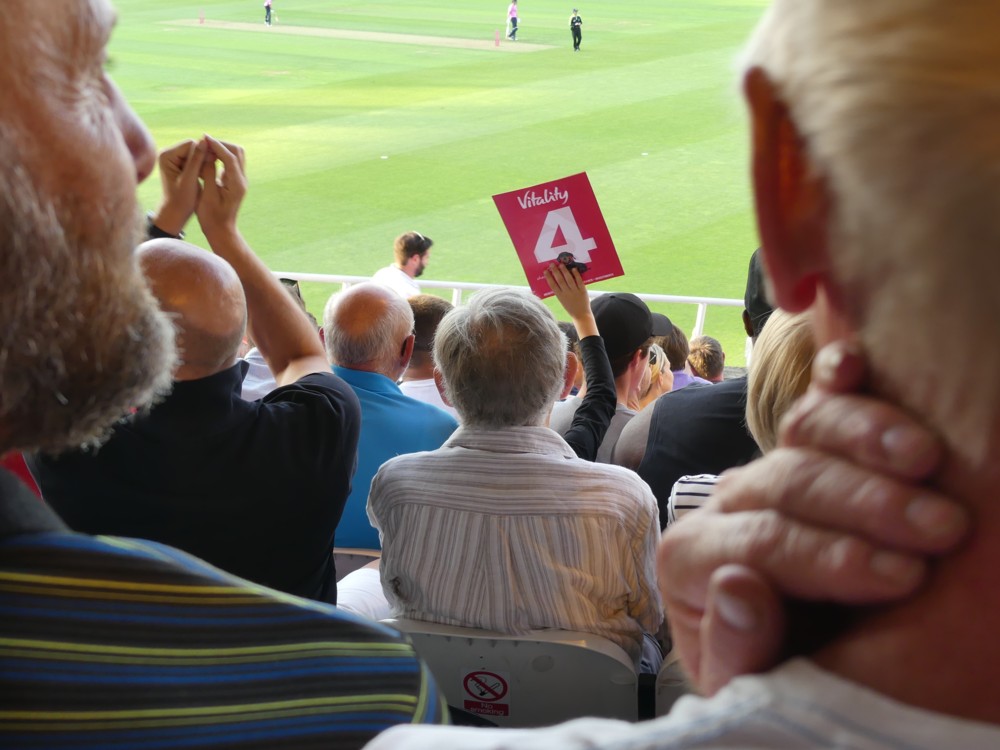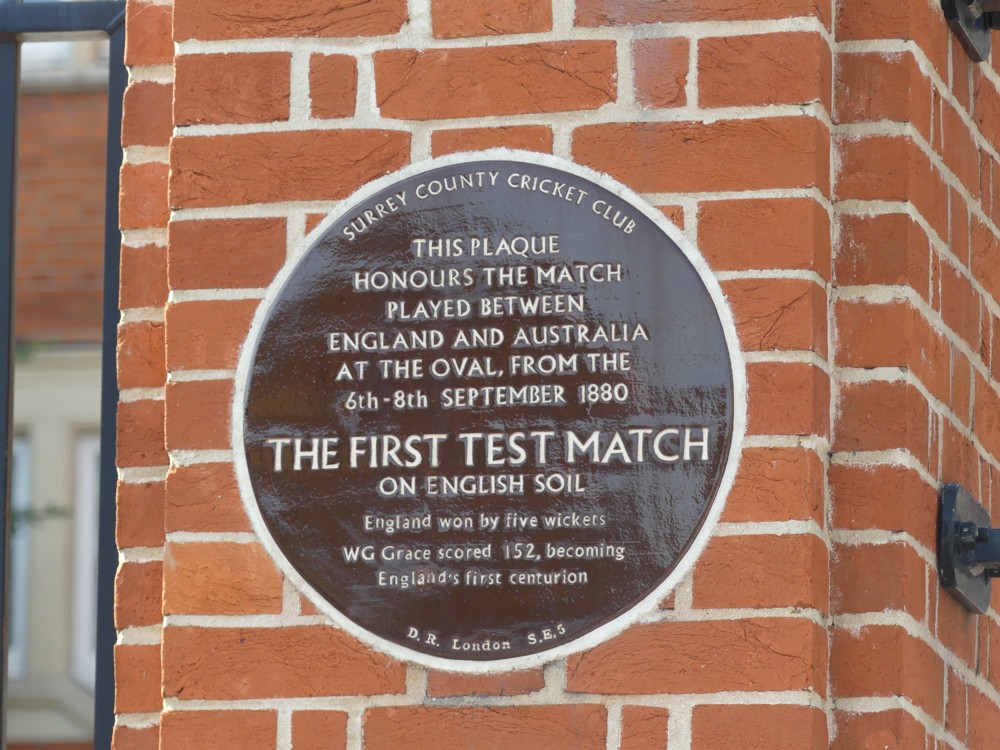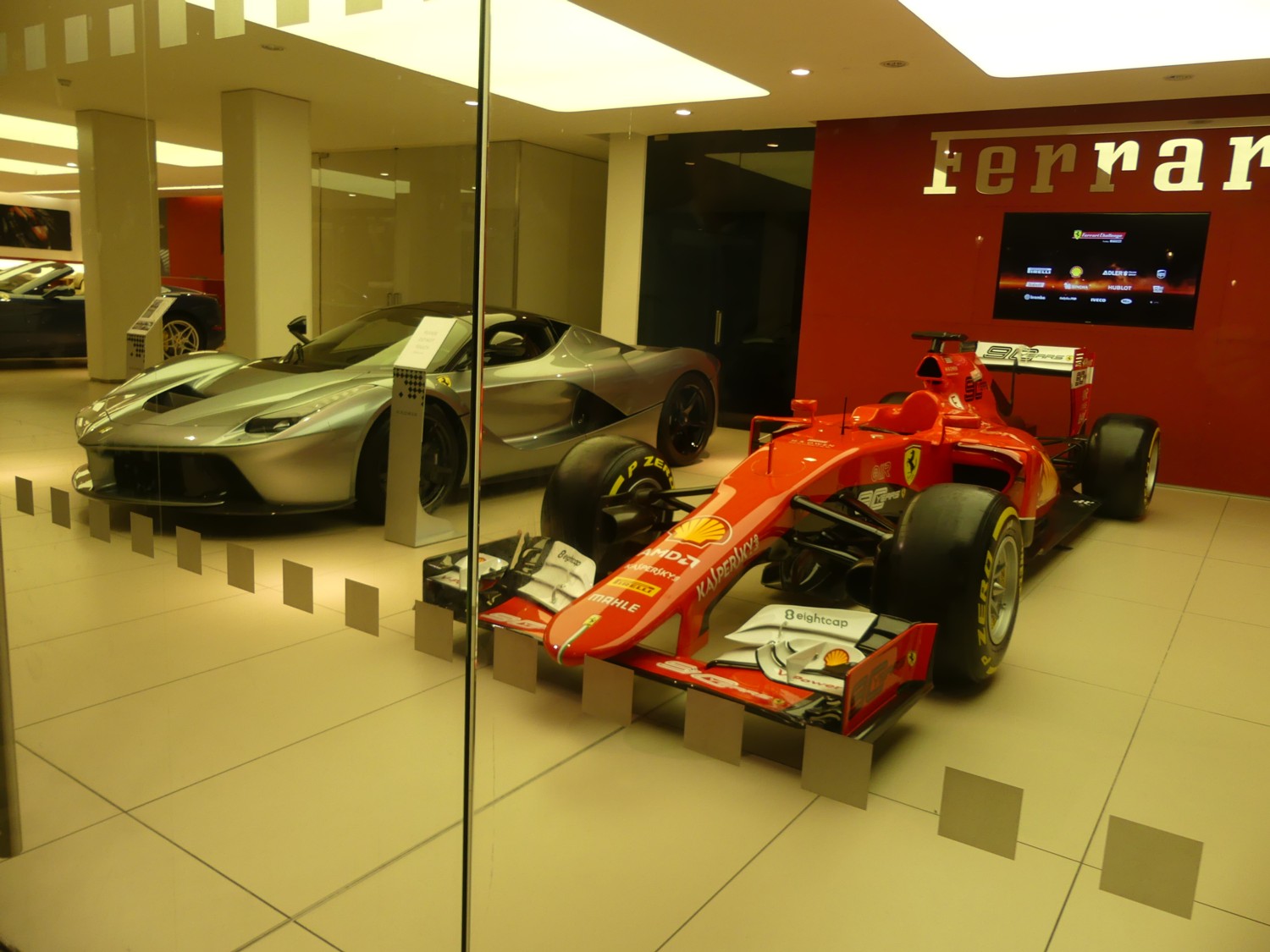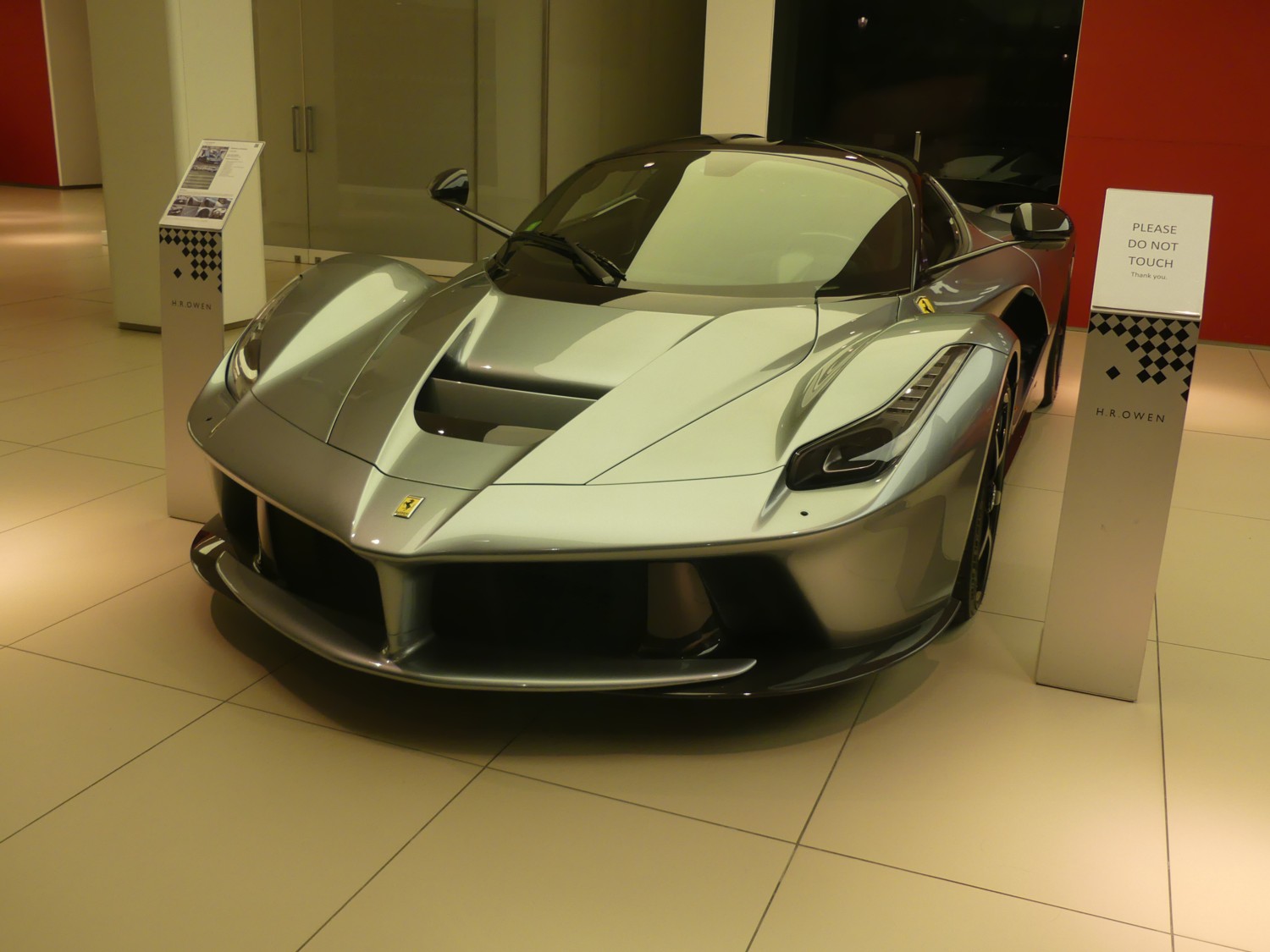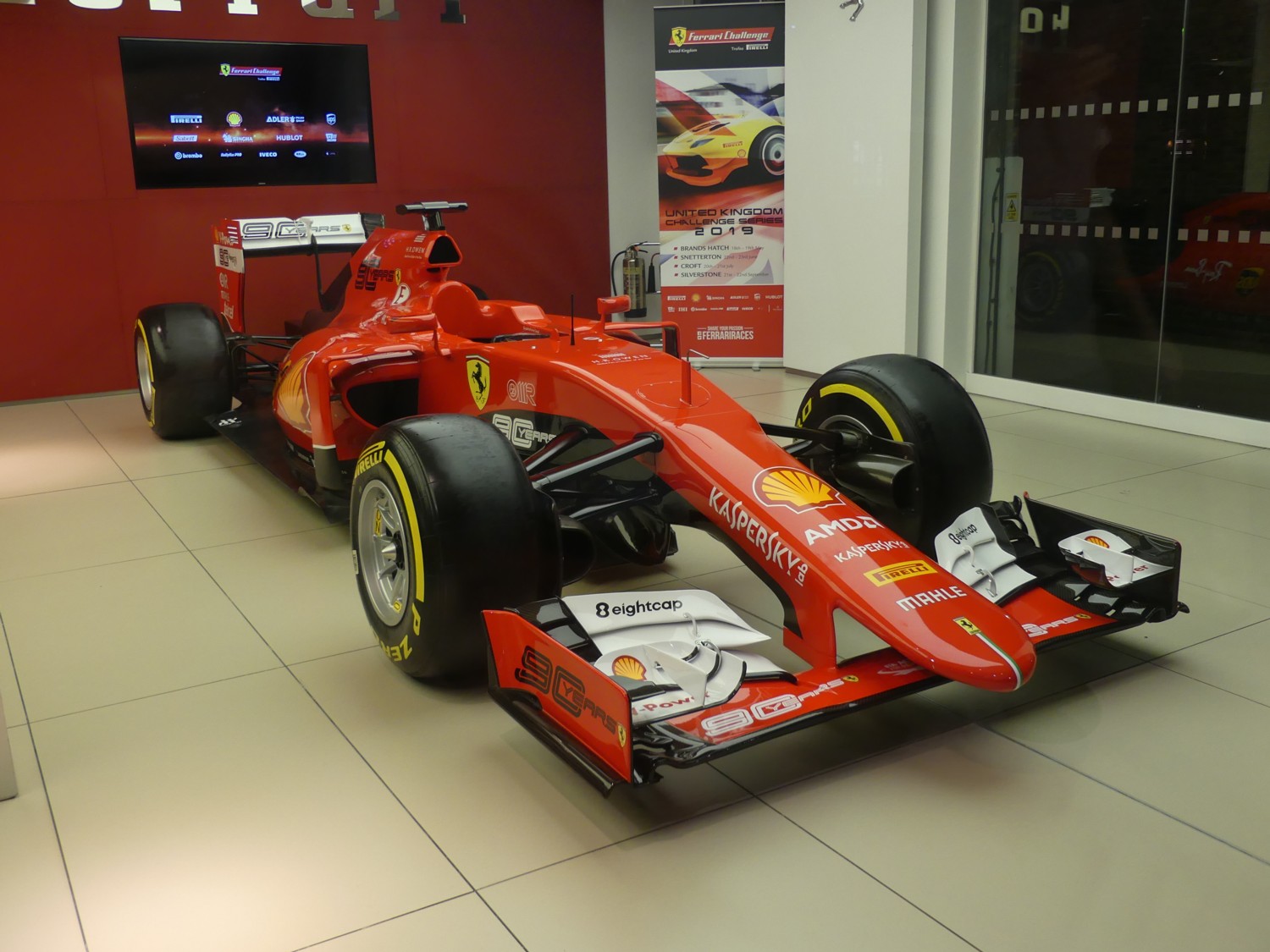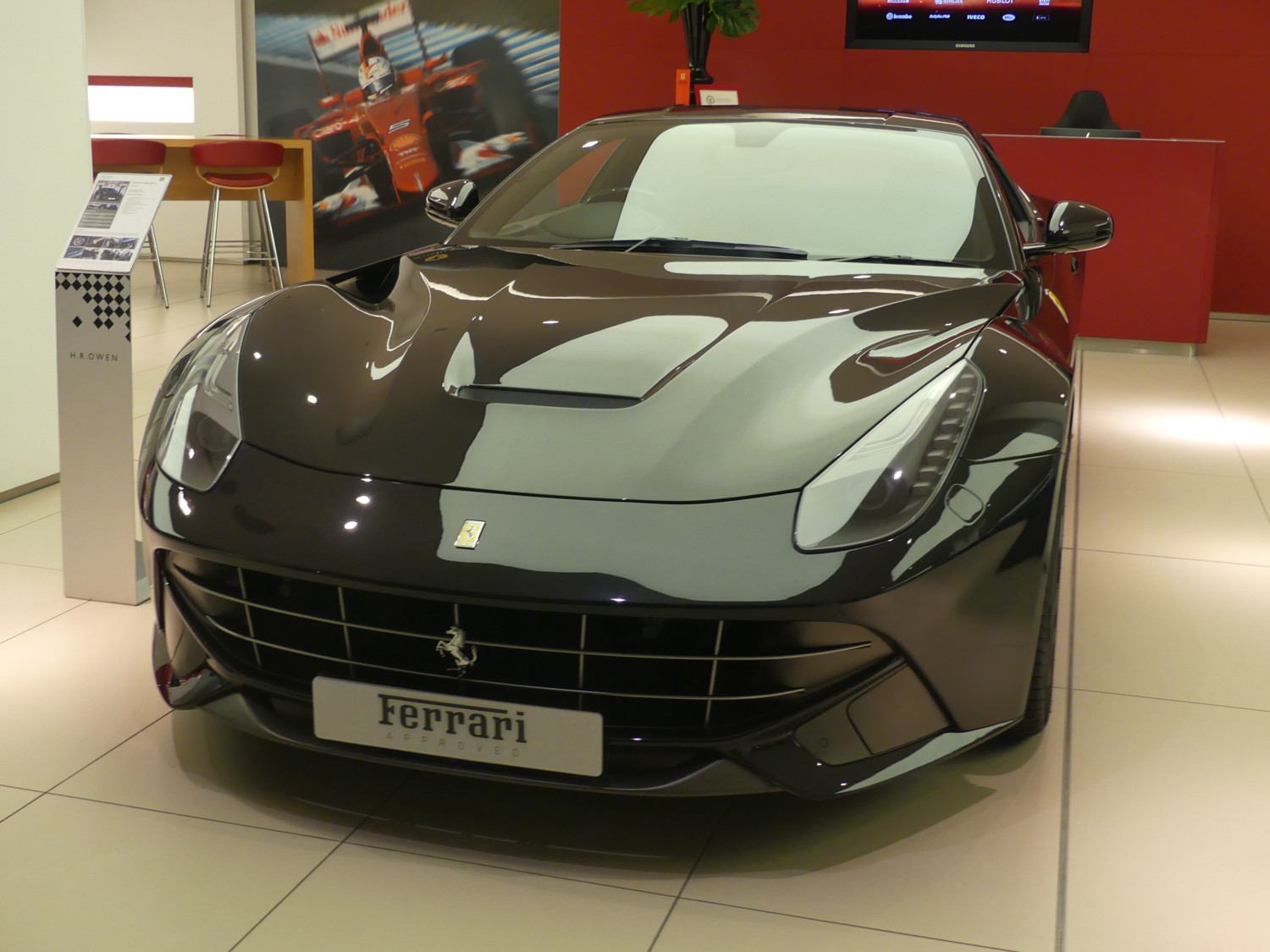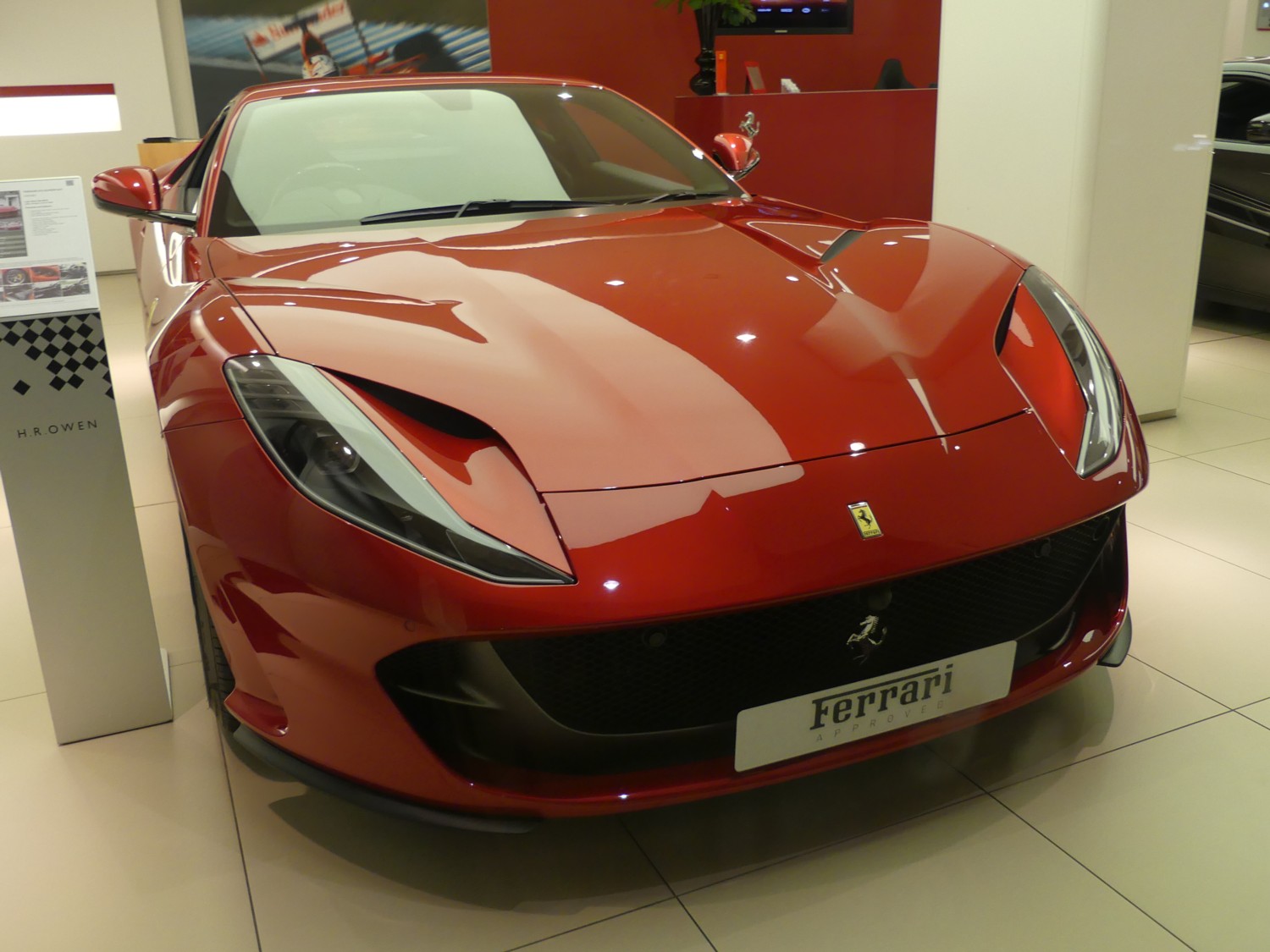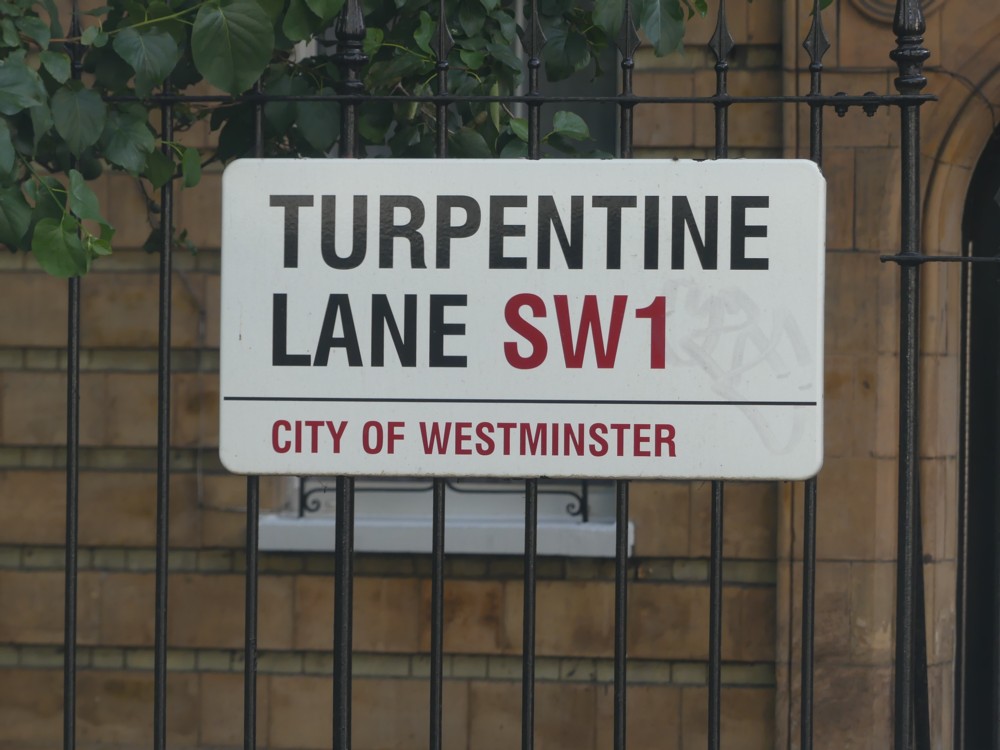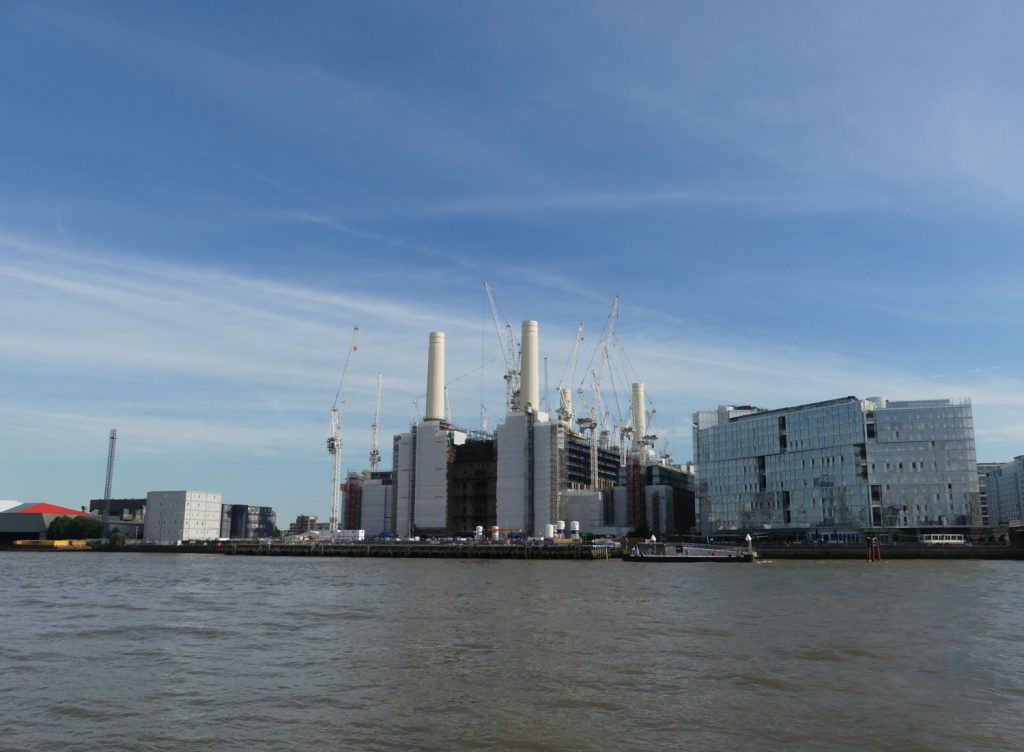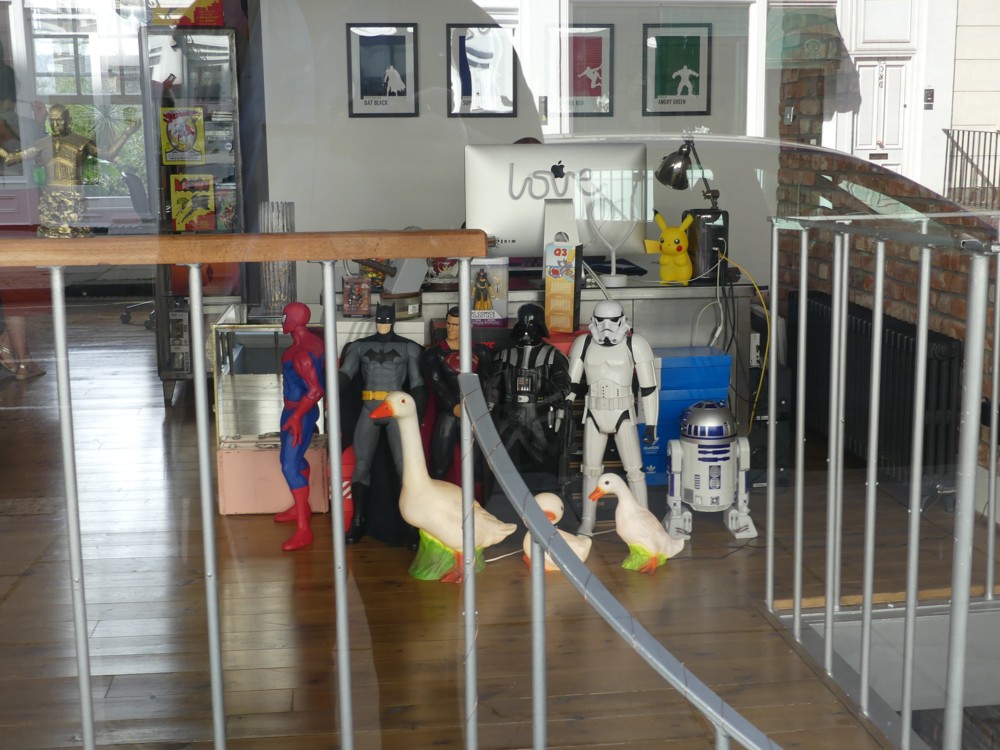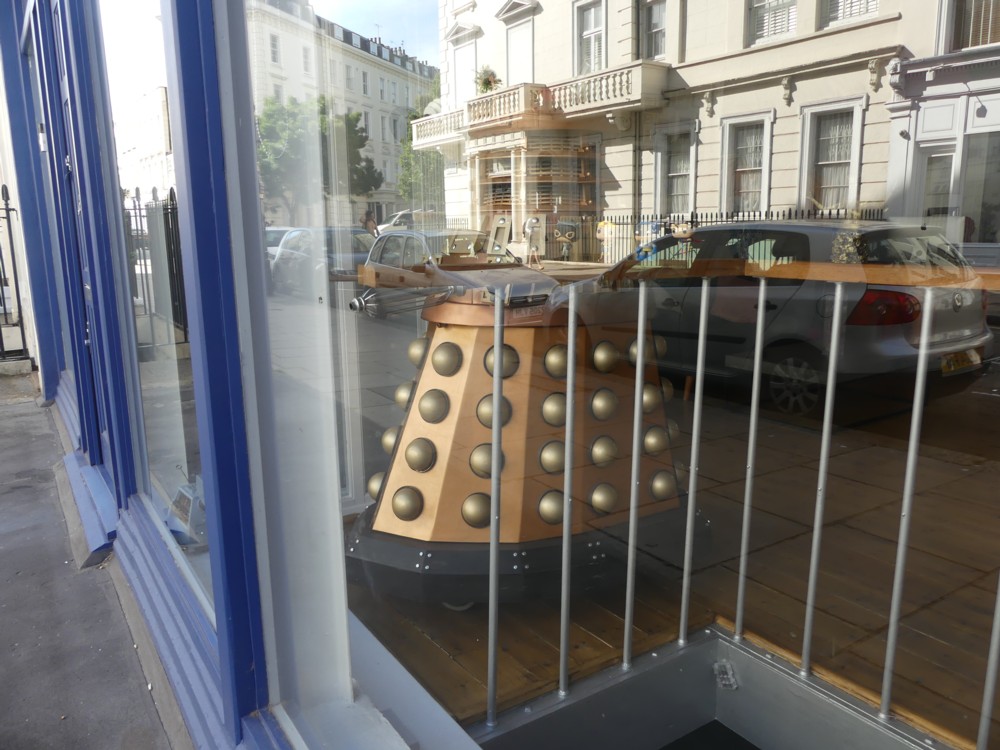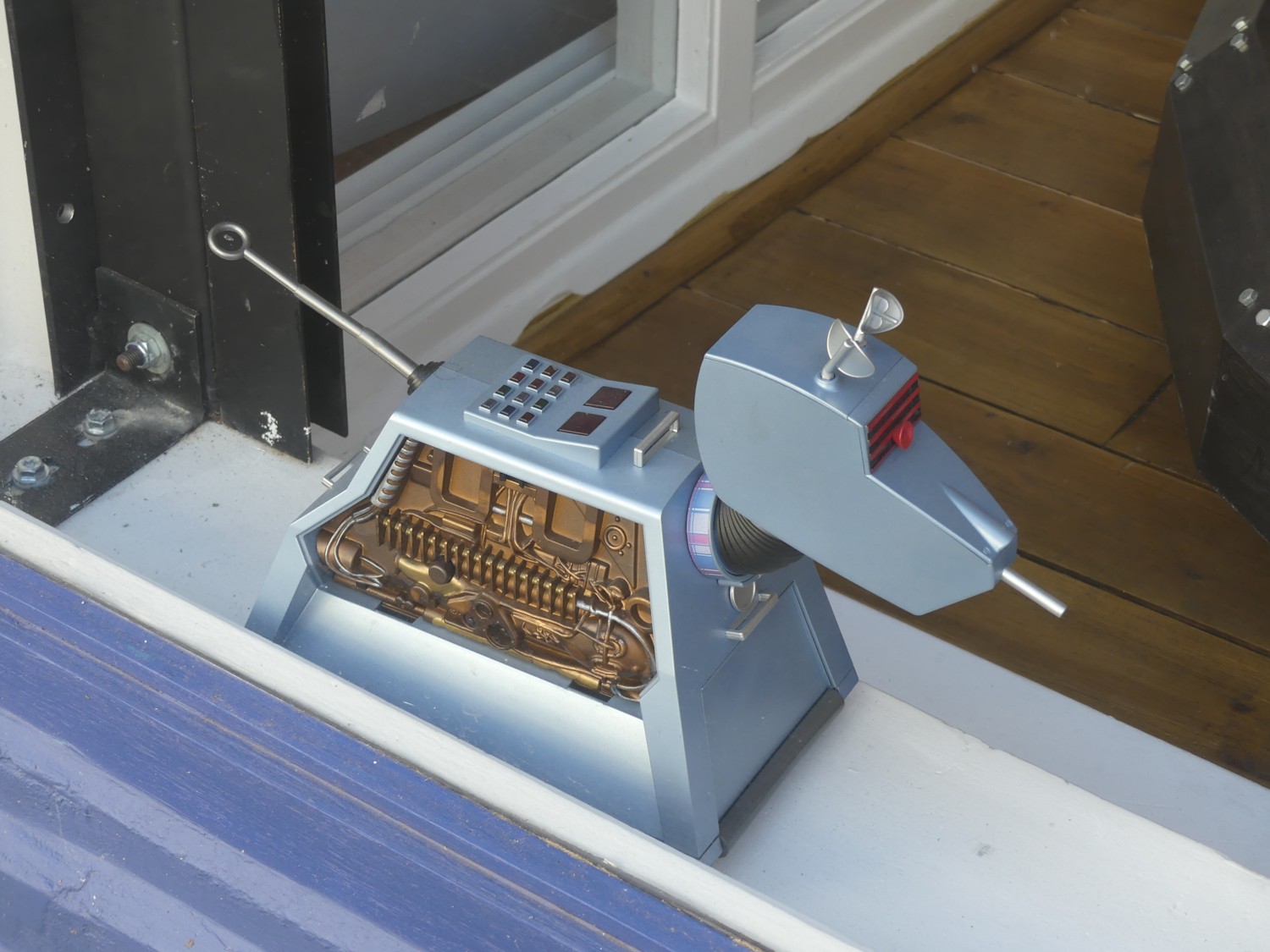Le Corbusier famously described homes as machines for living in, and if this Property Reporter piece is anything to go by, it would seem that London’s machines for living in have been getting better lately:
Traditionally, period London property consistently outperformed new build in terms of desirability and price. However, times are changing and now there’s an emerging trend of buyers preferring new to old.
What this tells me is that the quality of the newest London homes has finally got better than the quality of older buildings from a hundred years ago and longer. The dark age of what can only be described as architectural incompetence, that the Modern Movement in Architecture unleashed by including so many very bad ideas about how to design things in its bran tub of ideas, looks like it may be over. In London, anyway.
This doesn’t mean that people love how the latest London “dwellings” look. They merely, given the choice between living in a picturesque building that works somewhat badly or an ugly lump of soulless modernity that works better, prefer the latter. Function trumps form. You want your life to work. If that means it looks a bit boring, so be it.
People never did hate actual functioning buildings; they merely hated “functionalism”. Sneer quotes there because “functionalism” tended not to function properly. “Functionalism” included too many bad ideas about how to design things, bad ideas like: it’s clever to turn your back on conventional designs for stuff. Housing modernity is now a bunch of design conventions that actually work, and which architects who wish to remain in employment now know not to turn their backs on. Despite many mere appearances to the contrary, architects in London are now very conformist in how they work, and that works much better.
The ideal arrangement, then, might be to have a brand new home – the very best and latest machine for living in – but for the outside of it to be old.
So this later bit in the Property Reporter piece especially interested me:
American buyers traditionally insisted on new build, but ironically they are now championing the old – but not the draughty, leaky version of old! Projects that leave the period façade in place, while replacing the rest with what amounts to brand new are top of the list for buyers from the USA.
You see a lot of this sort of thing being done in London, if you look out for it.

